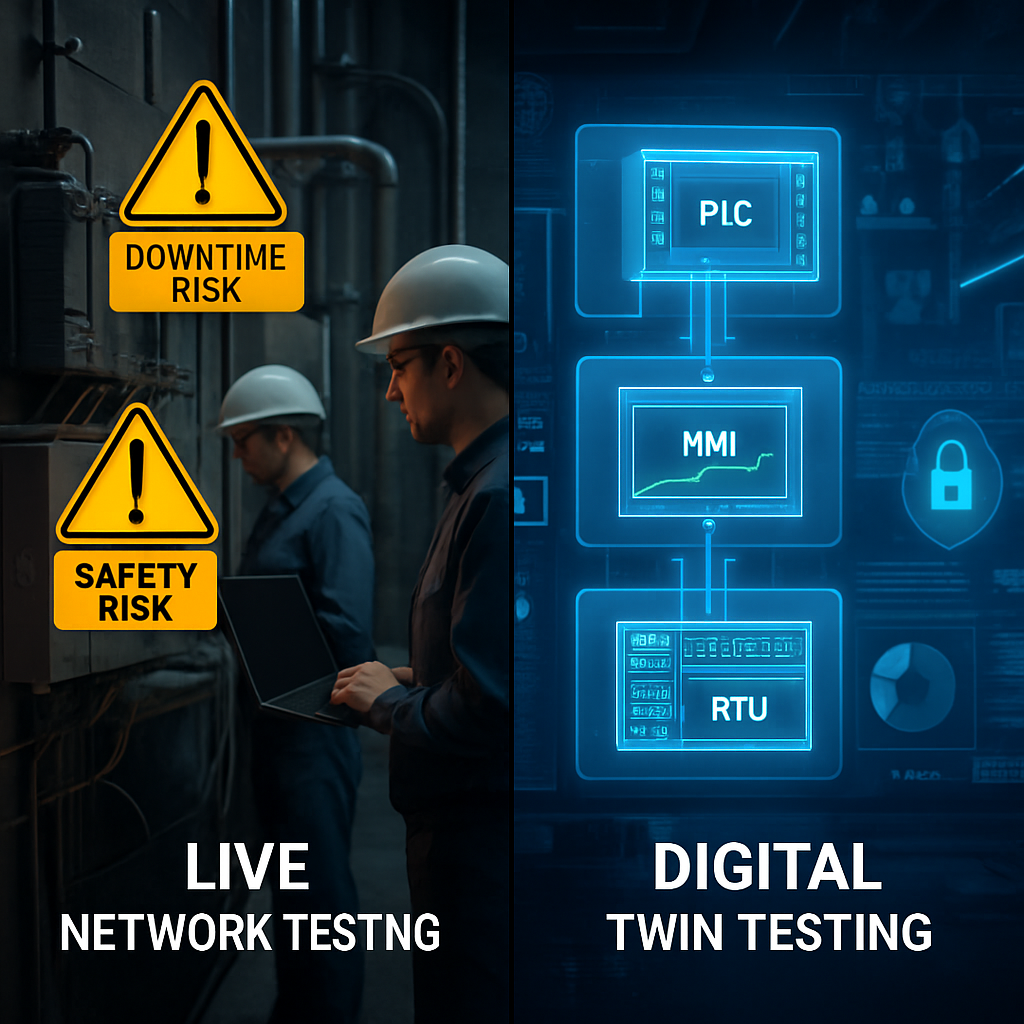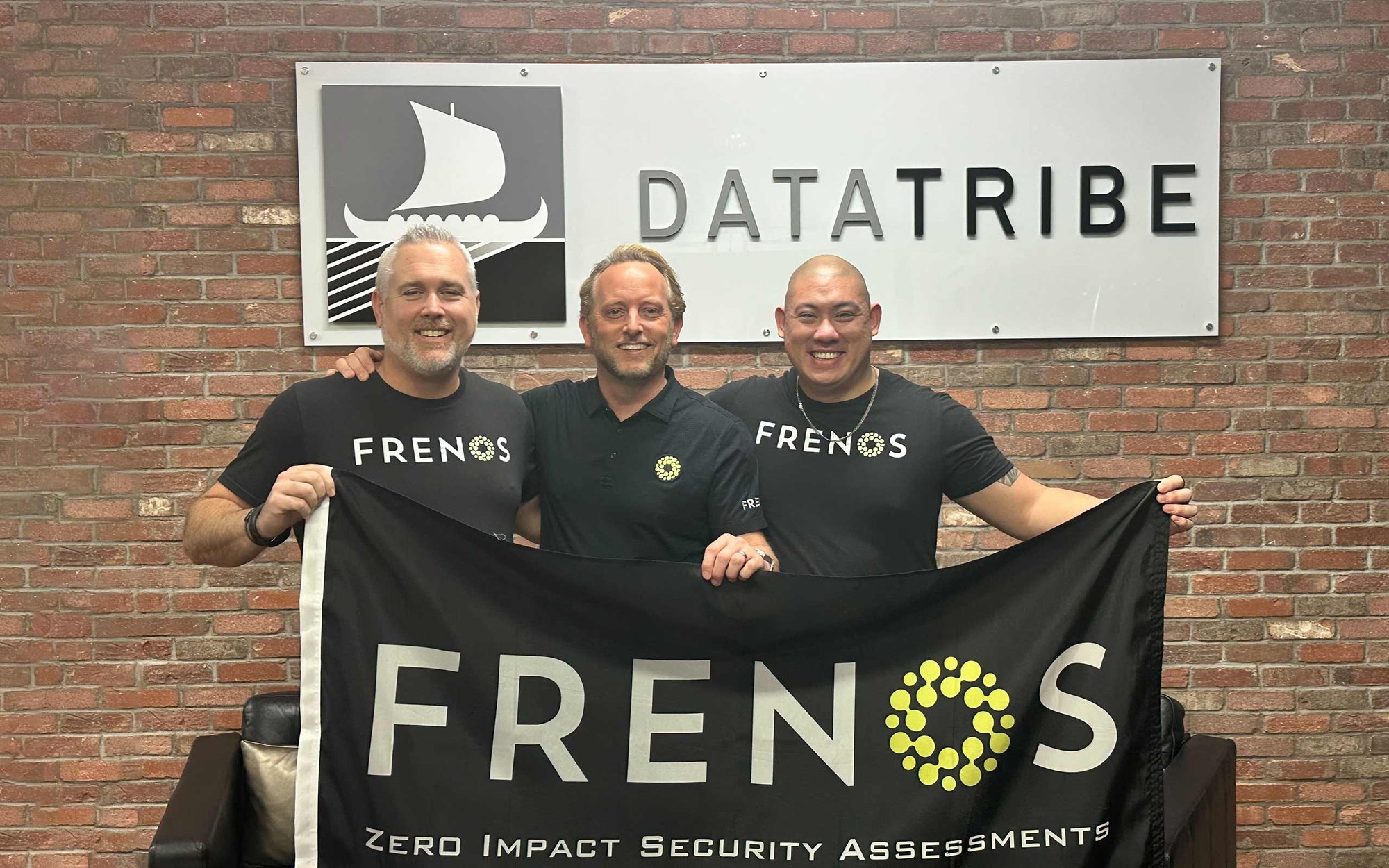This week, researchers uncovered a significant supply chain attack that hit over 40 npm packages, spreading a worm dubbed Shai Hulud across the ecosystem. Attackers used compromised accounts to publish malicious package versions that could self-propagate and attempt to exfiltrate sensitive data from infected environments (OX Security, ReversingLabs)
While the scope of this incident is measurable by the dozens of npm packages directly affected, the real concern is that this type of attack has likely happened before and gone undetected. Supply chain compromises often blend into normal developer workflows, making them hard to spot until after damage is done.
Why this matters for your organization
Organizations with strong perimeter defenses often assume their biggest risks come from outside. But incidents like this highlight a different weak point: internal development and software supply chain security.
If attackers gain a foothold through a poisoned dependency, your firewalls and endpoint tools may never see the initial compromise. The malicious code is effectively invited in.
What you can do
- Run code security tools such as Aikido, Trivy or similar scanners. These help flag vulnerable or malicious dependencies but shouldn’t be seen as silver bullets alone.
- Adopt best practices: implement signed packages, enforce code reviews, monitor dependency changes, and educate developers.
- Test your posture: make this specific attack part of your next tabletop exercise. Ask: What if a compromised dependency granted an attacker a foothold inside our IT or OT networks? (better yet, model it in the Frenos’ SAIRA platform)
The bigger picture
Supply chain attacks are a reminder that security posture management must extend beyond the perimeter. Knowing how such a compromise could move inside your environment is critical.
That’s where Frenos comes in.
By creating a digital twin of your operational networks, Frenos enables security teams to continuously assess, prioritize, and defend against evolving threats without ever touching production systems.



![OT Penetration Testing Checklist: Complete Guide for Before, During & After [2025]](https://frenos.io/hubfs/brianproctor_a_computer_hacking_adversary_in_a_futuristic_wor_985a9c42-7e7a-4185-9582-cf4bc2568a28_0.png)


.jpg)
